#ants
Text

zeus really did just do anything
265 notes
·
View notes
Text
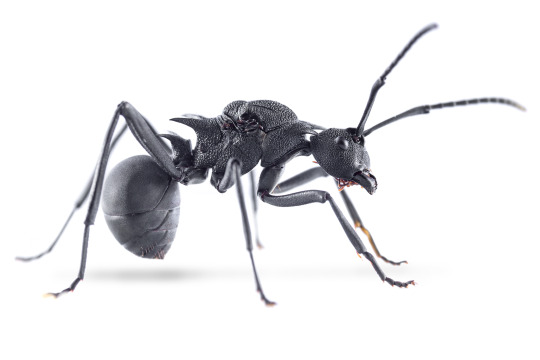
God she really is just the baddest bitch...
62 notes
·
View notes
Text
Late this afternoon I was about to turn back on my walk, and there was a small patch of leaf litter along the fence of the preserve I was at. Stopped to watch and see what appeared. After a few minutes I could only chuckle; the ant mimics seemed like they were outnumbering the actual ants I was seeing! So I figured I'd make a little game of it for y'all: how many ants are in this post?
1 & 2:


3 & 4:

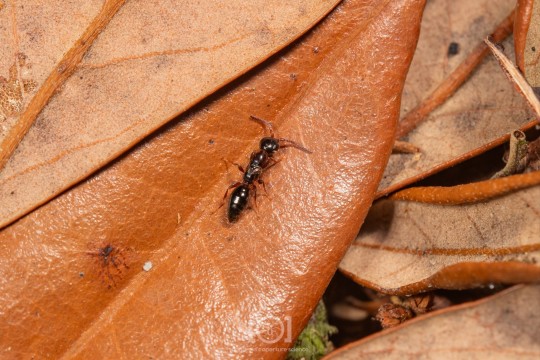
5 & 6:


7 & 8:
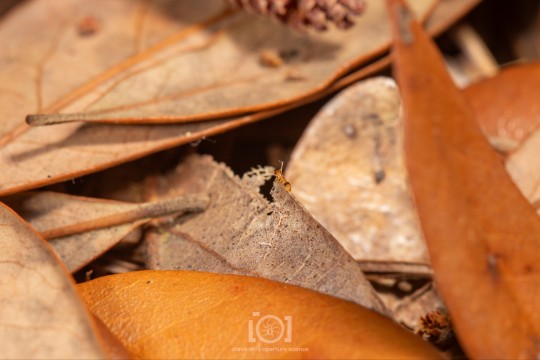
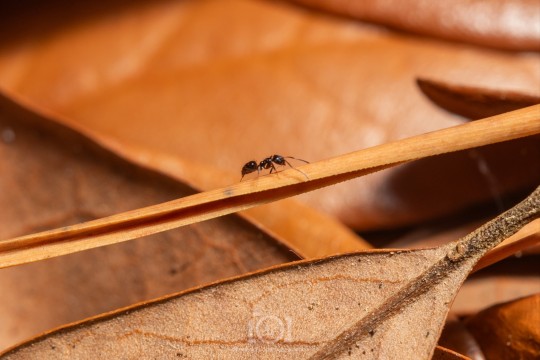
9 & 10:
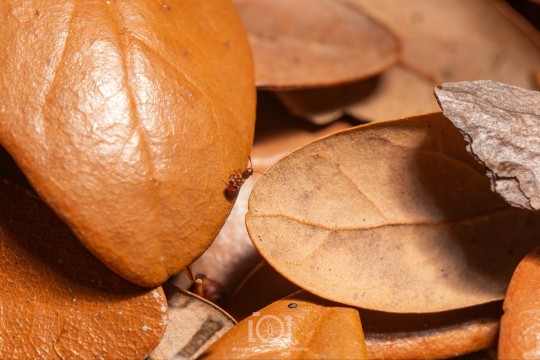
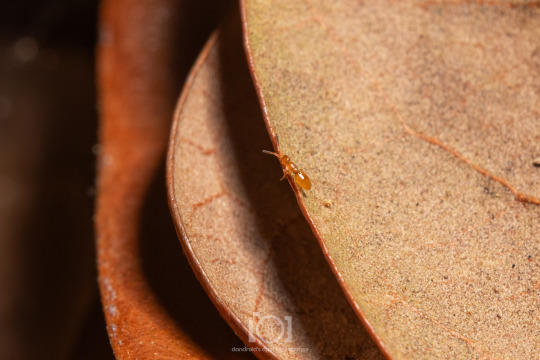
#nature#animals#photography#bugblr#science#invertebrates#entomology#wasps#antblr#Ants#mimicry#spiders#beetles
44 notes
·
View notes
Text

do you think he ever got him a new ant farm? i think he did.
prompt 4/17/24: fave side character
his name is apparently "ant kid" but he was so much more. he also watched renfield get arrested and still waved at him. thats some king shit.
@renfield-anniversary

#renfield 2023#renfield anniversary#my art#it was a toss up between him and carol im gonna be honest but his singular line read always makes me smile#carol next year for sure!#ants
35 notes
·
View notes
Text

21 notes
·
View notes
Text
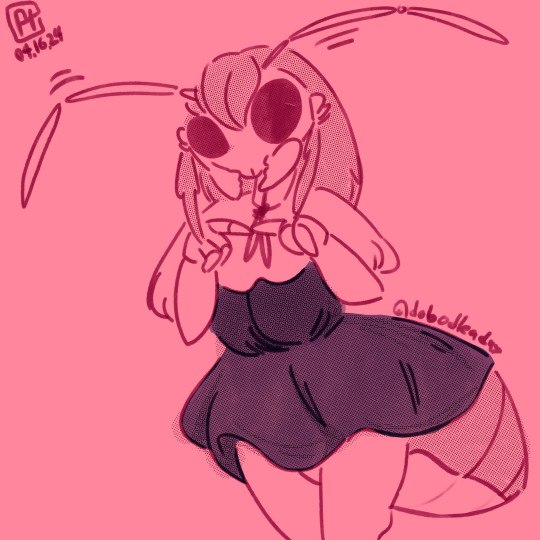
04.16.24 Would you still love me if I were a bug? 🐜
20 notes
·
View notes
Text

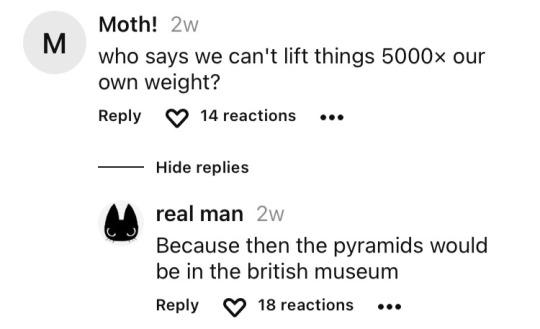
ID in alt
193K notes
·
View notes
Text
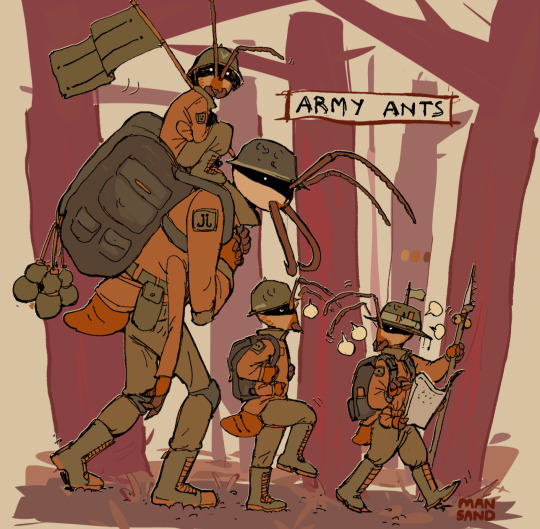

these army ants tend to move in groups of 4, with the line leader leading the expeditions. They have terrible eyesight, so rely on the sound of the Line Leader's bell staff, and the the pheromone map made by the previous expedition to know where they're heading.
24K notes
·
View notes
Text
If I had mandibles I'd clack them together like tongs all the time
20K notes
·
View notes
Text
Traditional ant names
Traditional ant names are based on one ant virtue as the first name and one ant “intimidating quality” as the last name.
For example:
Temperance the Absconder
Proportionality the Relentless
Synchronicity the Amputator
Alacrity the Calculating
Efficiency the Eternal Witness
16K notes
·
View notes
Text


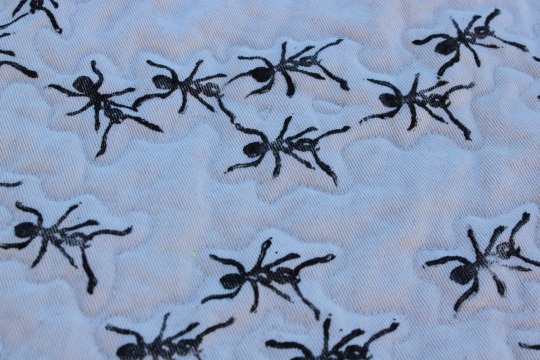
Follow The Leader (Ant Spiral)
block printed denim, cotton batting, thread, and gifted fabric backing
thinking about natural phenomena, repetition from a single block carving, adaptive and maladaptive behaviors, and dreams from years back where my blankets turned into swarms of insects
7K notes
·
View notes
Note
Wait, which animals raise livestock?
Several species of ants will 'herd' aphids around (a type of plant lice)- even picking them up and putting them back with the group if they wander off. The ants will attack anything that approaches their aphid herds, defending them. The aphids produce a sugary excretion called honeydew, which the ants harvest and eat.
Some ants will even 'milk' the aphids, stroking the aphids with their antennae, to stimulate them to release honeydew. Some aphids have become 'domesticated' by the ants, and depend entirely on their caretaker ants to milk them.
When the host plant is depleted of resources and dies, the ants will pick up their herd of aphids and carry them to a new plant to feed on - a new 'pasture' if you will.
Some ants continue to care for aphids overwinter, when otherwise they'd die. The ants carry aphid eggs into their own nests, and will even go out of their way to destroy the eggs of aphid-predators, like ladybugs.
--
Microhylids – or narrow-mouthed frogs - have an interesting symbiosis with Tarantulas.
While the spiders could very easily kill and eat the much-tinier frogs, and DO normally prey on small frogs, young spiders instead will use their mouthparts to pick up the microhylid frogs, bring them back to their burrow, and release them unharmed.
The frog benefits from hanging out in/around the burrow of the tarantula, because the tarantula can scare away or eat predators that normally prey on tiny frogs, like snakes, geckos, and mantids. The tarantula gets a babysitter.
Microhylid frogs specialize in eating ants, and ants are one of the major predators of spider eggs. By eating ants, the frogs protect the spider's eggs. The frogs can also lay their eggs in the burrow, and won't be eaten by the spider.
So it's less 'livestock' and more like a housepet - a dog or a cat. You stop coyotes/eagles from hurting your little dog/cat, and in return the dog/cat keeps rats away from your baby.
--
Damselfish grow algae on rocks and corals. They defend these gardens ferociously, and will attack anything that comes too close - even humans. They spend much of their time weeding the gardens, removing unwanted algaes that might overtake their crop.
The species of algae that they cultivate is weak and and sensitive to growing conditions, and can easily be overgrazed by other herbivores. That particular algae tends to grow poorly in areas where damselfish aren't around to protect and farm it.
Damselfish will ALSO actively protect Mysidium integrum (little shrimp-like crustacians) in their reef farms, despite eating other similarly sized invertebrates. The mysids are filter feeders, who feed on zooplankton and free-floating algae, and their waste fertilizes the algae farms. Many types of zooplankton can feed on the algae crop, and the mysids prevent that.
While Mysids can be found around the world, the only place you'll find swarms of Musidium integrum is on the algae farms that Damselfish cultivate.
Damselfish treat the little mysids like some homesteaders treat ducks. Ducks eat snails and other insect pests on our crops, and their poop fertilizes the land. The ducks can be eaten, but aren't often, since they're more useful for their services than their meat.
--
There are SEVERAL species of insect and animal which actively farm. They perform fungiculture and horticulture: deliberately growing and harvesting fungus and plants at a large-scale to feed their population.
Leaf-cutter ants and Termites both chew up plant material and then seed it with a specific type of fungus. The fungus grows, and the termites/ants harvest the mushroom as a food source.
Ambrosia beetles burrow into decaying trees, hollow out little farming rooms, and introduce a specific fungii (the ambrosia fungi), which both adults and larval beetles feed on.
Marsh Periwinkles (a type of snail) cultivates fungus on cordgrass. They wound the plant with their scraping tongue, then defecate into the wound so their preferred fungus will infect it and grow there. They let the fungus grow in the wound a bit, and come back later to eat.
3K notes
·
View notes
Text

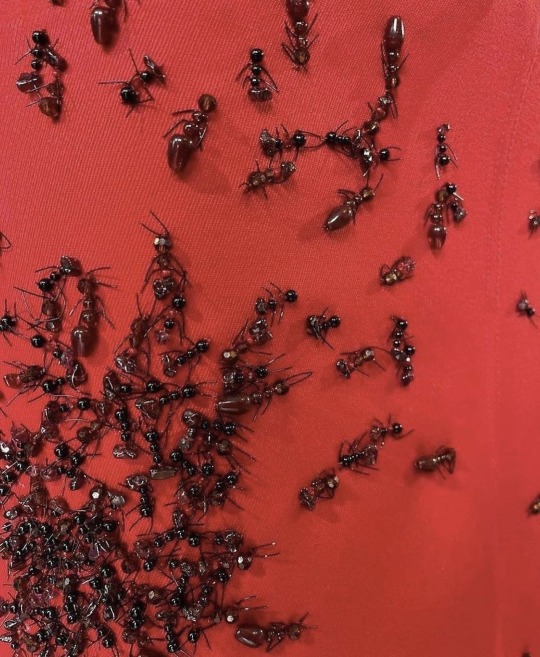
Schiaparelli: Crystal Ants Skirt (2023)
11K notes
·
View notes
Text
🥧 picnicgoer Follow
where did my basket go
5 notes

🐜 ant1 Follow
tee hee
45 notes

🐜 then4ughty4nt Follow
giggle
31 notes

🐜 dutiful-ant-guy Follow
hmmm yummy treats
15k notes

🐜 queenofants Follow
I love baskets
30 k notes
33K notes
·
View notes
Text
$100,000 to whoever draws an anthro version of this FLIPPING ant

2K notes
·
View notes
Text
Okay, so this is really cool! You have this phenomenon where some plants grow edible appendages to their seeds to entice ants to carry them underground where they can safely sprout. And then you have wasps which lay their eggs on the leaves, stems, and other parts of plants and trigger the growth of galls (swellings) which both feed and protect the wasp larvae until they reach maturity.
The boy who was watching the ants noticed they were taking wasp galls underground, too. Further exploration found that the wasp larvae were unharmed inside the galls; the only thing the ants had eaten were edible appendages similar to those on the seeds they collected. The wasp larvae stayed safe inside the ant nest, feeding on their galls, until it was time to emerge and head back out to the surface.
So it turns out that the edible portions of the galls have the same sorts of fatty acids as the edible parts of the seeds. And those fatty acids are also found in dead insects. Scientists think that the wasps evolved a way to make the galls they created mimic the edible portions of the seeds to get the ants to collect the galls. This isn't the only example of wasps making use of ants as caretakers for their young, but it's a really fascinating example thereof--especially if you consider ants evolved from wasps at least 100 million years ago.
#wasps#ants#plants#galls#oak galls#insects#invertebrates#Hymenoptera#ecology#bugs#animals#wildlife#nature#trees#entomology#science#natural science#evolution#animal behavior
12K notes
·
View notes